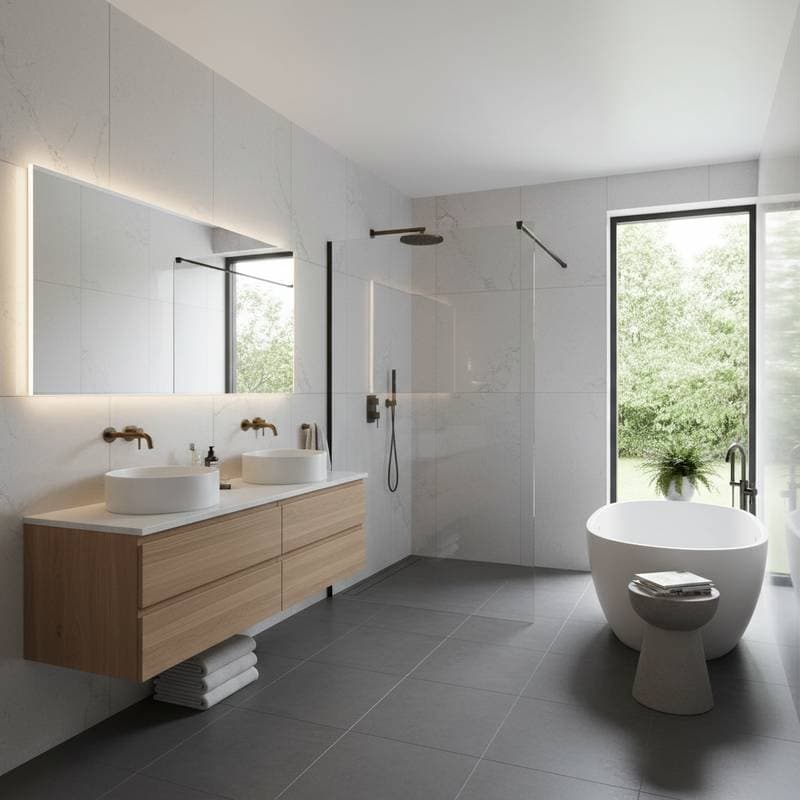Key Benefits of Unplugged Dining
Unplugged dining represents an intentional shift toward reclaiming mealtimes from technology's grasp. Families who adopt this practice report heightened awareness during meals, leading to richer conversations and stronger emotional ties. Beyond immediate interactions, it cultivates habits that support long-term mental health and relational depth.
The approach integrates physical space design with behavioral commitments. Households establish zones free from screens, paired with routines that prioritize presence. Such environments not only reduce distractions but also amplify sensory experiences, from the aroma of home-cooked dishes to the nuances of shared stories.
Successful implementations blend aesthetics with functionality. Comfortable seating, inviting tableware, and subtle visual cues guide participants away from devices naturally. Over time, these spaces evolve into cherished anchors for family unity.
Understanding the Science Behind Distractions
Evaluating Your Current Dining Setup
Homeowners benefit from a thorough review of their dining habits and surroundings before changes. This assessment highlights opportunities to minimize interruptions and maximize connection. Focus on both tangible elements and ingrained patterns to build a solid foundation.
Physical Elements to Examine
- Proximity of Devices: Check if smartphones, laptops, or TVs sit within arm's reach of the table.
- External Noises and Views: Observe if sounds from kitchens or sights of screens in nearby rooms intrude.
- Illumination Quality: Determine if current lights create a relaxed atmosphere or encourage divided attention.
- Furniture Arrangement: See if the table faces entertainment sources or flows into high-traffic zones.
Habitual Patterns to Review
- Device Habits at Meals: Track how often screens appear during eating times.
- Expectations of Responsiveness: Gauge if family members feel obligated to check messages mid-meal.
- Reactions to Interruptions: Note feelings like irritation when digital pings disrupt the flow.
This analysis provides insights for targeted adjustments that align space with intentions.
Preparing for Unplugged Dining
Preparation involves selecting items that enhance serenity and setting routines that encourage adherence. Thoughtful choices make the transition seamless and enjoyable for all.
Essential Items and Features
- A dedicated basket or shelf for stowing devices away from the table.
- Dimmable lamps or LED candles to cast a gentle, inviting glow.
- Textured surfaces such as wooden platters or fabric runners for hands-on appeal.
- Acoustic softeners like area rugs or wall hangings to mute echoes.
- Card sets with questions or simple board games to spark dialogue.
Practical and Safety Checks
Position outlets for chargers outside the dining perimeter to avoid easy access. Verify that any new lights comply with local wiring standards. Opt for flameless alternatives if open flames pose risks near fabrics or children. Ensure the setup accommodates everyone, with adjustable seating and even lighting distribution.
Building Consistent Schedules
Designate fixed times, such as evenings or weekends, for unplugged sessions. Start with short durations to ease adoption. Regular timing rewires expectations, making device-free meals a natural part of the rhythm.
Bringing Unplugged Dining to Life
Step 1: Define Family Agreements
Share the vision for unplugged meals, highlighting benefits like undivided attention and shared joy. Secure buy-in by discussing how it eases daily stresses. Require all to power down devices upon entering the space.
Step 2: Set Up a Dedicated Storage Spot
Place a stylish tray or cabinet just beyond the dining threshold. This setup demands conscious effort to access gadgets, reinforcing the boundary without inconvenience.
Step 3: Optimize Light and Sound
Swap bright fluorescents for warm, adjustable sources that promote intimacy. Introduce soft fabrics to dampen reverberations, creating a cocoon-like feel.
Step 4: Redefine Spatial Flow
Reposition the table to face away from media walls. In shared layouts, employ screens like plants or partitions to carve out a focused area.
Step 5: Add Engaging Touches
Incorporate a seasonal floral arrangement or herb pot as a focal point. Play faint instrumental tracks if desired, keeping volume low to support rather than compete with talk.
Step 6: Nurture the Practice
Anticipate slips in the early stages and respond with encouragement. Praise moments of full engagement to build momentum and commitment.
Gauging Progress and Adjustments
Indicators of Effective Change
- Interaction Levels: Notice increased dialogue and fewer glances at absent devices.
- Time Spent Eating: Meals extend naturally, reflecting deeper immersion.
- Atmosphere Shifts: Pre- and post-meal vibes show less stress and more warmth.
- Routine Adherence: Count weekly sessions to monitor consistency.
Addressing Hurdles
For reluctance, trial a single weekly unplugged dinner before expanding. Handle urgent work by pre-setting do-not-disturb modes. Eliminate TV interference by relocating controls or timing meals outside viewing slots.
Sustaining the Unplugged Tradition
Maintain vitality by revisiting the setup seasonally. Swap centerpieces, explore fresh prompts for discussion, or adapt lighting to natural light changes. Introduce variety through cultural meal themes or inviting extended family.
These efforts prevent stagnation and reaffirm the practice's role in family life.
Expert Strategies for Lasting Impact
- Establish Opening Customs: Light a central fixture or voice appreciations to signal the start, priming minds for focus.
- Use Visual Markers: A subtle plaque or boundary rug reminds everyone of the no-device rule.
- Integrate Smart Aids: Program apps to mute alerts during set hours, balancing tech with intentional breaks.
- Engage All Ages: Let children select placemats or organize the storage, boosting their investment.
- Mark Achievements: After a month, share reflections or a small treat to celebrate progress.
Embracing Deeper Connections at Home
Unplugged dining rooms cultivate environments where presence thrives amid daily demands. Families discover renewed appreciation for simple pleasures, from nuanced tastes to heartfelt exchanges.
Through deliberate design and shared resolve, mealtimes emerge as vital respites. This sanctuary underscores a key truth: true enrichment arises when technology complements, rather than commandeers, our most precious moments.




